After Royal County Down proved to be everything that I had hoped for and more, the next highlight on my Ireland/Northern Ireland trip (after Ardglass, which is very good but too expensive at £115) was the Dunluce Course at Royal Portrush, site of the 2019 Open Championship. Like many other golf fans, I enjoyed watching Shane Lowry defeat both the rest of the field and some nasty weather on his way to being the first Irishman to win the Open on (well, contested) Irish soil. Like other golf course fans, I had been especially excited to see Royal Portrush, a course that has always been ranked among the 25 or 30 in the world but was rarely the host of big events that could be seen on television.
One of the things that I noted while watching the Open is that the course seemed different from many of the other rota courses, with much more elevation change. Most links courses are largely flat, covering bumpy ground over sand dunes rather than properties with substantial slope. But while Royal Portrush is certainly a links course, with plenty of sand dunes and bumpiness, it also has substantial elevation change, with the first few holes running up and then down the side of a hill. This section of the property is unusual in my experience because it’s still links land, but on the side of a hill. I guess it’s not completely unprecedented though—Pennard in Wales, the ‘links in the sky’ has the same characteristics.
So the course has a different feel for championship links golf. I think it’s one that works in its favor—I thought that hilly opening stretch had some of the best holes. The rest of the course feels a bit more like other championship links courses, albeit a bit hillier. The other noteworthy thing about this course is that it has a pretty significant architectural pedigree, designed by (with the exception of 2 holes) Harry Colt. Many people point to the sophistication of Colt’s green complexes as an important part of the course’s excellent, including relative to its Northern Irish rival Royal County Down. As with other Colt courses, I didn’t find the interior contours to be outstanding—more interesting to me was the shaping at the edges of the greens. I also thought that the routing did an excellent job of presenting a variety of driving challenges, with the slope of the ground coming into play in a variety of ways.
While the Dunluce is undoubtedly one of the world’s best courses, I was not as wowed by it as I was Royal County Down. What stood out to me was how strong a test of golf this course was. It felt like a US Open course, requiring precise driving and placing strong demands on the iron game. But it’s a lot less quirky than County Down or some of the other top links courses that I’ve played, like Royal St. George’s or Rye. There aren’t any completely blind shots and there are no holes that feel strange and unique. That’s not to say that there aren’t any world-class holes—at least 3 of the 5 opening holes, plus 15 and 16 (the latter being the famous ‘Calamity’) qualify. But this relative lack of quirkiness meant that I didn’t feel quite the same affection for this course that I felt for Royal County Down or Royal St. George’s.
The par 4 first has become infamous as the place where native son Rory McIlroy ended his open hopes right from the beginning, hitting two balls OB (lining both sides of the fairway) on his way to making an 8. I’m not a fan of the OB, but I’m a big fan of this opening hole otherwise.
From the standard white tees (6700 yards), the bunkers are about 250 and 270 out, so you can lay back and leave plenty of room (although not enough for Rory McIlroy…) or challenge them. It’s a pretty important choice and there’s good reason to go for the challenge because if you stay short of the bunkers, you’ll have a mid-iron up a pretty good hill. There’s plenty of room to run the ball onto this green, but it’s still a pretty tough approach with anything longer than about an 8-iron.
Not the easiest opening hole, but one of my favorites.
One of the things that I noted while watching the Open is that the course seemed different from many of the other rota courses, with much more elevation change. Most links courses are largely flat, covering bumpy ground over sand dunes rather than properties with substantial slope. But while Royal Portrush is certainly a links course, with plenty of sand dunes and bumpiness, it also has substantial elevation change, with the first few holes running up and then down the side of a hill. This section of the property is unusual in my experience because it’s still links land, but on the side of a hill. I guess it’s not completely unprecedented though—Pennard in Wales, the ‘links in the sky’ has the same characteristics.
So the course has a different feel for championship links golf. I think it’s one that works in its favor—I thought that hilly opening stretch had some of the best holes. The rest of the course feels a bit more like other championship links courses, albeit a bit hillier. The other noteworthy thing about this course is that it has a pretty significant architectural pedigree, designed by (with the exception of 2 holes) Harry Colt. Many people point to the sophistication of Colt’s green complexes as an important part of the course’s excellent, including relative to its Northern Irish rival Royal County Down. As with other Colt courses, I didn’t find the interior contours to be outstanding—more interesting to me was the shaping at the edges of the greens. I also thought that the routing did an excellent job of presenting a variety of driving challenges, with the slope of the ground coming into play in a variety of ways.
While the Dunluce is undoubtedly one of the world’s best courses, I was not as wowed by it as I was Royal County Down. What stood out to me was how strong a test of golf this course was. It felt like a US Open course, requiring precise driving and placing strong demands on the iron game. But it’s a lot less quirky than County Down or some of the other top links courses that I’ve played, like Royal St. George’s or Rye. There aren’t any completely blind shots and there are no holes that feel strange and unique. That’s not to say that there aren’t any world-class holes—at least 3 of the 5 opening holes, plus 15 and 16 (the latter being the famous ‘Calamity’) qualify. But this relative lack of quirkiness meant that I didn’t feel quite the same affection for this course that I felt for Royal County Down or Royal St. George’s.
The par 4 first has become infamous as the place where native son Rory McIlroy ended his open hopes right from the beginning, hitting two balls OB (lining both sides of the fairway) on his way to making an 8. I’m not a fan of the OB, but I’m a big fan of this opening hole otherwise.
From the standard white tees (6700 yards), the bunkers are about 250 and 270 out, so you can lay back and leave plenty of room (although not enough for Rory McIlroy…) or challenge them. It’s a pretty important choice and there’s good reason to go for the challenge because if you stay short of the bunkers, you’ll have a mid-iron up a pretty good hill. There’s plenty of room to run the ball onto this green, but it’s still a pretty tough approach with anything longer than about an 8-iron.
Not the easiest opening hole, but one of my favorites.
Another one of my favorites is the par 5 second, which is a tour de force of great bunkering. Most of the fairway bunkers are at the outside of the dogleg on the right, running from about 225-270. But the one that will get the most attention is on the left about 280 out. It’s perfectly placed for where long hitter will want to drive it, right on the optimal line to cut the corner.
The bunkering on the rest of the hole is excellent as well. It’s hard to see from the landing zone, but there’s a cluster of three bunkers in the left side of the fairway about 100 yards from the center of the green. You either need to carry them or play out to the right (I played the entire hole through the crap up the left side…). But if you’re up the right side of the fairway, you play the approach into the narrowest aspect of a green that runs away from you and down a hill off the edge.
This is one of the best par 5s that I’ve seen on a links course.
The bunkering on the rest of the hole is excellent as well. It’s hard to see from the landing zone, but there’s a cluster of three bunkers in the left side of the fairway about 100 yards from the center of the green. You either need to carry them or play out to the right (I played the entire hole through the crap up the left side…). But if you’re up the right side of the fairway, you play the approach into the narrowest aspect of a green that runs away from you and down a hill off the edge.
This is one of the best par 5s that I’ve seen on a links course.
The third is a good-looking ~150 yard par 3, one that’s pretty unforgiving to wayward shots—all of its edges slope away.
The 440 yard fourth is another outstanding hole, possibly the best on the course. This is surely one of the world’s greatest driving hole, with two bunkers in the left side of the fairway from ~235-260 and OB right. There’s a decent amount of room between them and you should be able to fit a drive between them…but then again it’s OB and links pot bunker.
Still, you’ll have well over 200 yards in if you lay back so you’ll probably want to hit driver. If you do lay back, or if you go in one of the bunkers, you have to worry about crossing bunkers about 100 yards short of the green. Although it’s a bit of an ask because it puts you closer to the OB, it’s best to be up the right side of the fairway to open up an angle into this green, which sits in a dell in the dunes.
It’s a great looking green, the perfect finish for a truly outstanding hole.
It’s a great looking green, the perfect finish for a truly outstanding hole.
Another outstanding hole is the short par 4 fifth, playing down off the hill toward the sea. While much of the fairway is off to the left, unless the wind is unfavorable, most will take a line either directly at the green or at the fairway bunker on the left, probably 275 out. It’s actually a pretty easy driving hole because it’s probably only a 220 carry (downhill) on the line right between the two bunkers.
Still, even if you hit a good drive, there’s plenty of trouble. The green is probably the wildest on the course, narrow, with a big tier in the middle, and with ridges feeding into the putting surface at the edges. You’d better get your approach fairly close here because there’s a good chance of a 3-putt from anywhere outside of 30 feet.
The par 3 sixth is kind-of similar looking to the third, although it’s about 30 yards longer and the green is more receptive. You really don’t want to be short here.
The par 5 seventh is the first of consecutive new, non-Colt holes. They’re on land that was previously part of the neighboring Valley Course but was claimed for the Dunluce for the Open to provide an alternative to the less sexy seventeenth and eighteenth, which also had less room for gallery flow.
There’s no doubt that the seventh is an attractive hole. But it’s a pretty simple driving hole. And while there’s some interesting with the crossing dunes between 80 and 120 yards short of the green, apparently these have been ‘softened’ (they cut down the one on the left) to prevent balls from collecting in one spot in the fairway.
There’s no doubt that the seventh is an attractive hole. But it’s a pretty simple driving hole. And while there’s some interesting with the crossing dunes between 80 and 120 yards short of the green, apparently these have been ‘softened’ (they cut down the one on the left) to prevent balls from collecting in one spot in the fairway.
To me, the additional blindness on the approach and that fact that you needed to carry the dunes to avoid landing in divots would have been a virtue—that would have forced a decision as to whether to try to carry the dunes for someone who hit a short or a poor drive. The approach still kind of works because of the encroachment of the dune on the right, but the additional bit of quirkiness wouldn’t have hurt because it’s one thing that’s lacking here relative to other links courses.
Of the two new (Mackenzie and Ebert) holes, I preferred the 410 yard, dogleg left eighth, which is a very demanding driving hole. Here you have to thread one between (or lay up short of) a bunker ~250 out on the right and nasty dunes and long grass left. The green is still approachable enough if you decide to lay back.
Nine is a bit similar from the tee with bunkers right and long grass left but this time, the fairway slopes to the right. Reverse camber fairways will be a running theme on the back nine and are a big part of the reason why this felt like a US Open course to me—it’s very demanding off the tee.
If you pull off a good drive here though, the approach isn’t too difficult. The bunkers short of the green are a good 20 yards short and the green is large and receptive. Just don’t be above the hole.
If you pull off a good drive here though, the approach isn’t too difficult. The bunkers short of the green are a good 20 yards short and the green is large and receptive. Just don’t be above the hole.
Ten is a par 4 of around 380 yards (but 460 from the Open tees) but again, is quite challenging off the tee. It doesn’t look like a reverse camber fairway but it is because the part that you’re driving to is not the part that you see, it’s the area right of it…which slopes away into the left rough. This might actually be an easier driving hole from the championship tees because you’d be driving into the visible part of the fairway.
But the second certainly wouldn’t be easier from there. Like the fourth, the green sits in a dell in the dunes. But this one is much narrower. The ridges at its edges give all kinds of opportunities to feed the ball toward the hole without aiming at it and I remember this being one of the most fun holes to watch in the open. It’s arguably the best green on the course.
The next two holes are par 5s for regular play although at 475 from the tips, eleven played as a par 4 in the Open. The hole doglegs softly right around the dunes on the right side and apparently everyone was cutting this corner during the Open. Since it’s at least a 260 yard carry to do this, the rest of us should aim out to the left, where there’s plenty of room.
The green site is lovely and it’s clear what you don’t want to do: come up short. If you do, you’ll come a good 20 yards back and 10-15 feet down. Unless the pin is in the front, the shot from there isn’t so hard but still, take enough club on the approach because there’s plenty of room up there.
Twelve is a more difficult driving hole, with bunkers encroaching into the right side of the fairway progressively from about 225-300. The entire run into the green is open and the green feels similar to the eleventh, although with a softer false front. The bigger danger here is missing right because the green is built up high here. It’s another very fine green complex.
I thought that the two par 3s on the front were just ok. The two on the back are much better. The downhill 160 yard thirteenth has a cool view through the green up the seventeenth fairway. It’s not an outstanding hole; the two on the front are more demanding. But it looks good and that counts for something.
The 385 yard fourteenth might be the most demanding par 4 on the course. There are bunkers on both sides of the fairway in the driving zone and even nastier rough if you miss left. The green is probably the course’s most difficult to hit; narrow and running off both sides. I generally don’t like tabletop greens with runoffs on all sides and this one is probably a bit much. But still, it’s a lot better to miss right than left and short is better than both, so that gives something to consider when thinking about where to hedge.
The fourteenth has the most difficult green to hit and the fifteenth might have the most difficult fairway to hit, at least from the lower left-hand tees. This is another reverse camber fairway, with the hole doglegging left and the fairway running off to the right. As should be pretty clear by now, Royal Portrush really favors someone who can work the ball off the tee, especially someone who can work a draw.
This is another excellent green complex; narrow and deep, with a runoff on the right of just the right depth and length. More than any other links course I’ve seen, a lot of care was put into the shaping of the edges of these greens. They have a lot of interesting small slopes and runoffs. They’re not the same as Pinehurst no. 2, where the green edges just run off; these have a lot more shaping in them and don’t always repel balls.
I can see why this course has a reputation for superb green complexes. These green edges show more sophistication than any other Colt course that I’ve played.
I can see why this course has a reputation for superb green complexes. These green edges show more sophistication than any other Colt course that I’ve played.
Sixteen is the famous ‘Calamity’ and it’s every bit as good as they say: 200 yards over a deep hollow on the right, but with room and slopes left that enable a clever (and accurate) golfer to feed a ball onto the green from that side. The green is large however and there’s plenty of room to hit one up there and keep it on. Always, but on this hole especially, golfers would be advised to take one club extra.
Seventeen is a bit of an odd hole: a par 4 of around 360 yards where the fairway drops about 30 feet down a hill probably 250 yards out. With a favorable wind, most good drivers should be able to get pretty close to the green and a lot of players were driving it during the Open. But whatever you do, don’t miss left from the tee.
If you have some distance, you might want to move back a tee block on the 425 yard eighteenth because it’s pretty easy to drive it through the fairway on the left and there’s very little room where the fairway turns right at about 250 yards. The approach is to a fairly large, open green.
Even before it hosted the Open, there could have been little doubt that the Dunluce Course at Royal Portrush was exceptionally well suited for the job. It has every kind of challenge that a good championship course should have without overdoing any of them: challenging driving with variety from shot-to-shot, challenging green complexes that especially punish misses on the wrong side, plenty of testing elements (rain, wind…probably hail sometimes). It certainly identified the best golfer during that week in July 2019 and will do it again. I look forward to watching future Opens here. It’s certainly among the most appealing Open venues.
But in this rarified air of the top 50 golf courses in the world, a strength can be a weakness. The Dunluce is always a solid test, but is not a surprising one. If you read my review of Royal County Down, you’ll see at how I marvel at the originality of so many of the holes and at the boldness of how they cross that spectacular piece of property. There’s no doubt that Colt’s routing here is excellent, but it also doesn’t produce the Wow! moments that you experience repeatedly at Royal County Down.
Now part of this is because the landscape isn’t as dramatic here. There are no 50 foot high sand hills that Colt had no choice but to require us to shoot over blindly. But whether because of the land itself or the design, it produces fewer dramatic moments. More than that, there aren’t any holes here—even though there are several that are world class—that surprise me and feel like something that I couldn’t find anywhere else in the world of golf. To me, that’s something almost essential for a links course to have. Links properties probably have the most character of any type of property and I feel that architects should, at least once in awhile, deliver something that’s a bit strange, that makes you scratch your head in a positive way.
There’s nothing head-scratching about Royal Portrush. And while there’s a lot to be said for that—it’s probably more likely that an odd feature ends up being bad than good—it’s also something I feel that I should always see on a links course. It’s not to Royal Portrush’s detriment that it doesn’t have this, but it is something that for me, keeps it a little bit behind my favorite links courses.
But in this rarified air of the top 50 golf courses in the world, a strength can be a weakness. The Dunluce is always a solid test, but is not a surprising one. If you read my review of Royal County Down, you’ll see at how I marvel at the originality of so many of the holes and at the boldness of how they cross that spectacular piece of property. There’s no doubt that Colt’s routing here is excellent, but it also doesn’t produce the Wow! moments that you experience repeatedly at Royal County Down.
Now part of this is because the landscape isn’t as dramatic here. There are no 50 foot high sand hills that Colt had no choice but to require us to shoot over blindly. But whether because of the land itself or the design, it produces fewer dramatic moments. More than that, there aren’t any holes here—even though there are several that are world class—that surprise me and feel like something that I couldn’t find anywhere else in the world of golf. To me, that’s something almost essential for a links course to have. Links properties probably have the most character of any type of property and I feel that architects should, at least once in awhile, deliver something that’s a bit strange, that makes you scratch your head in a positive way.
There’s nothing head-scratching about Royal Portrush. And while there’s a lot to be said for that—it’s probably more likely that an odd feature ends up being bad than good—it’s also something I feel that I should always see on a links course. It’s not to Royal Portrush’s detriment that it doesn’t have this, but it is something that for me, keeps it a little bit behind my favorite links courses.

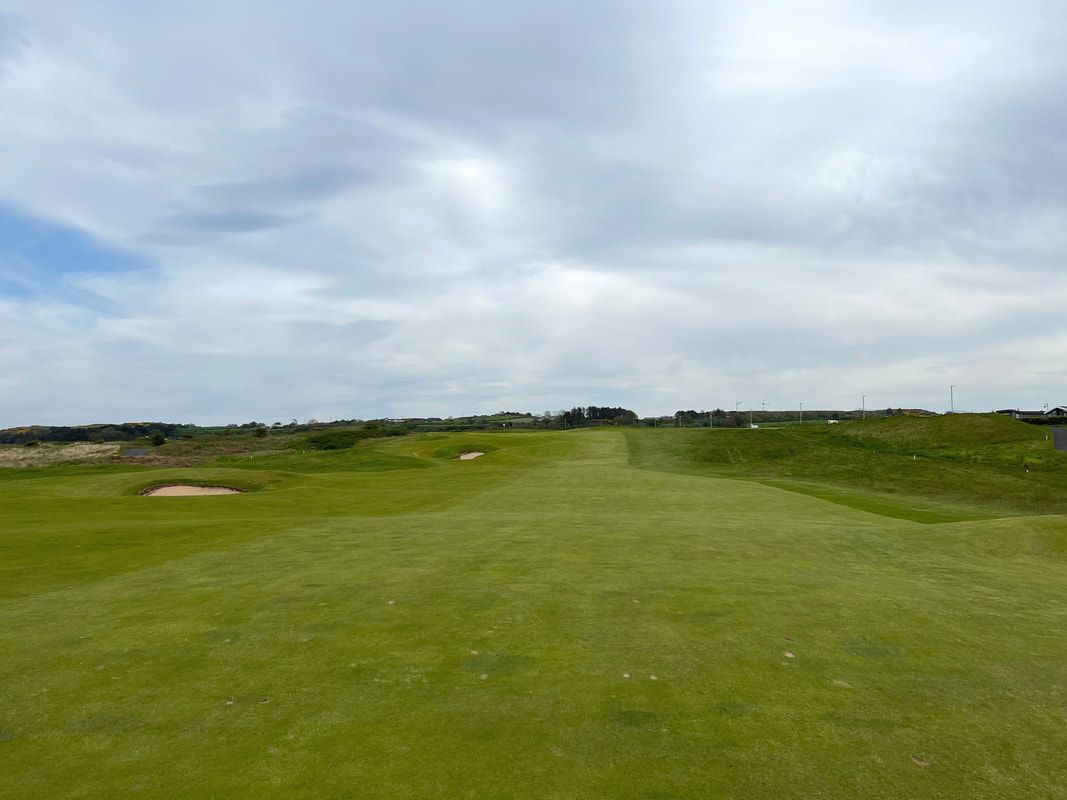
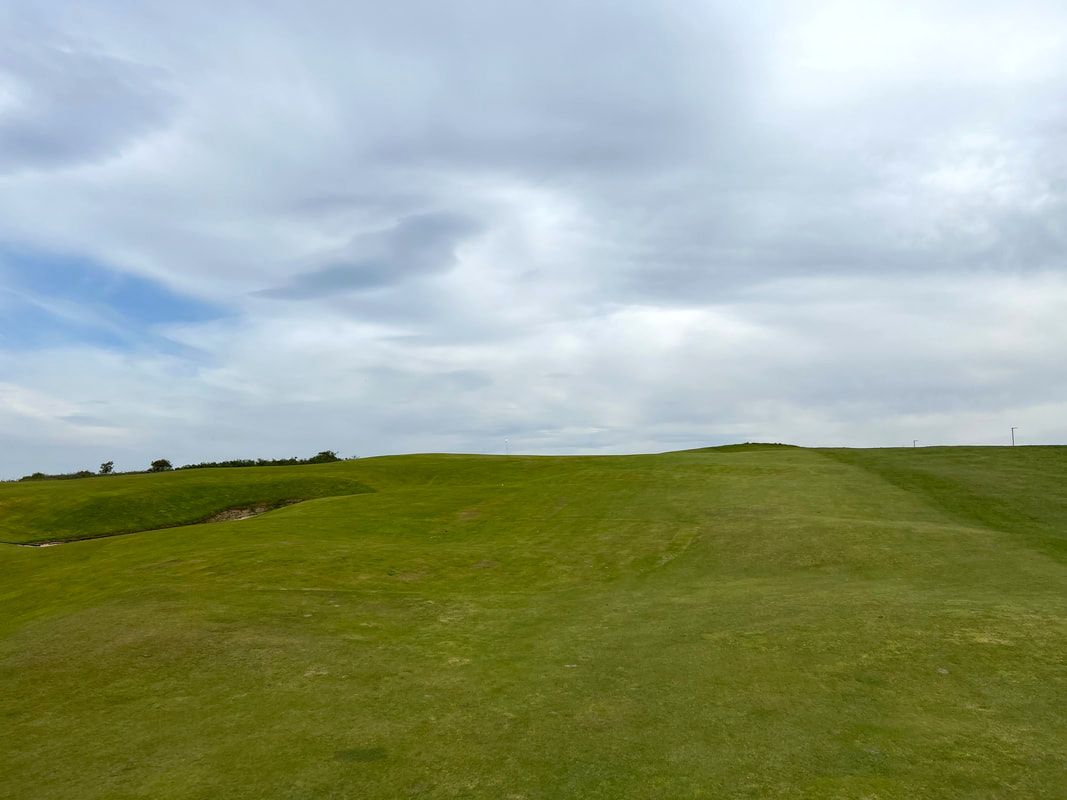
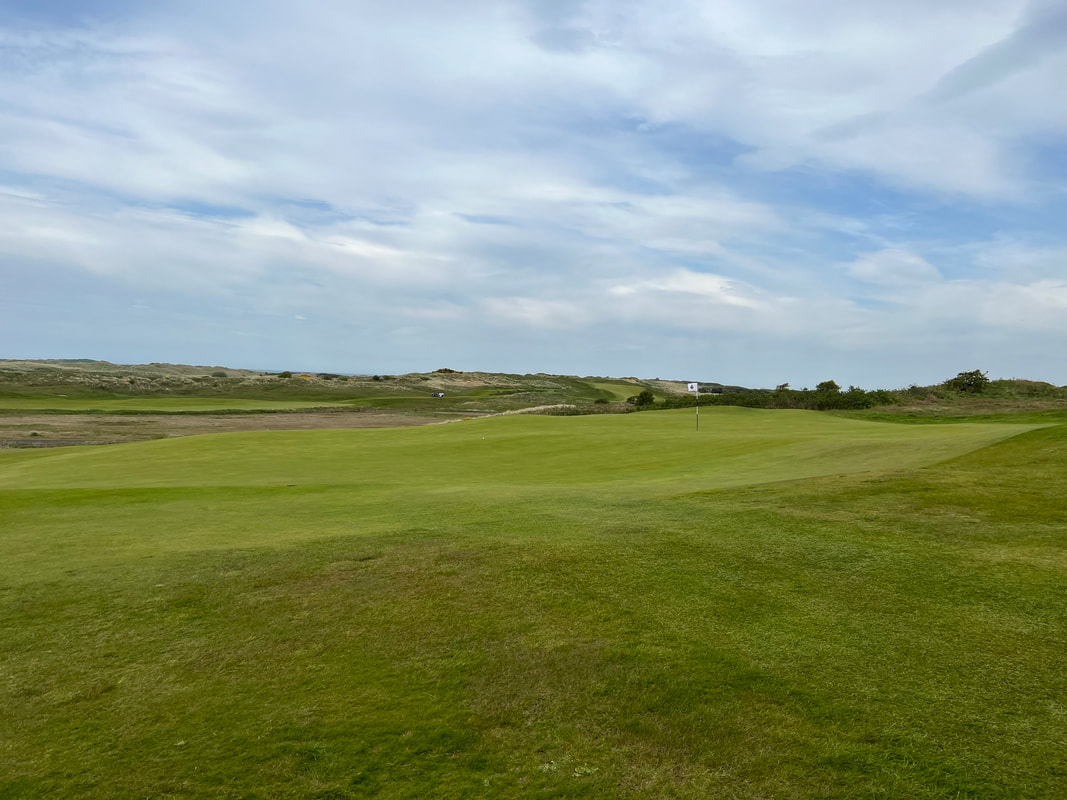
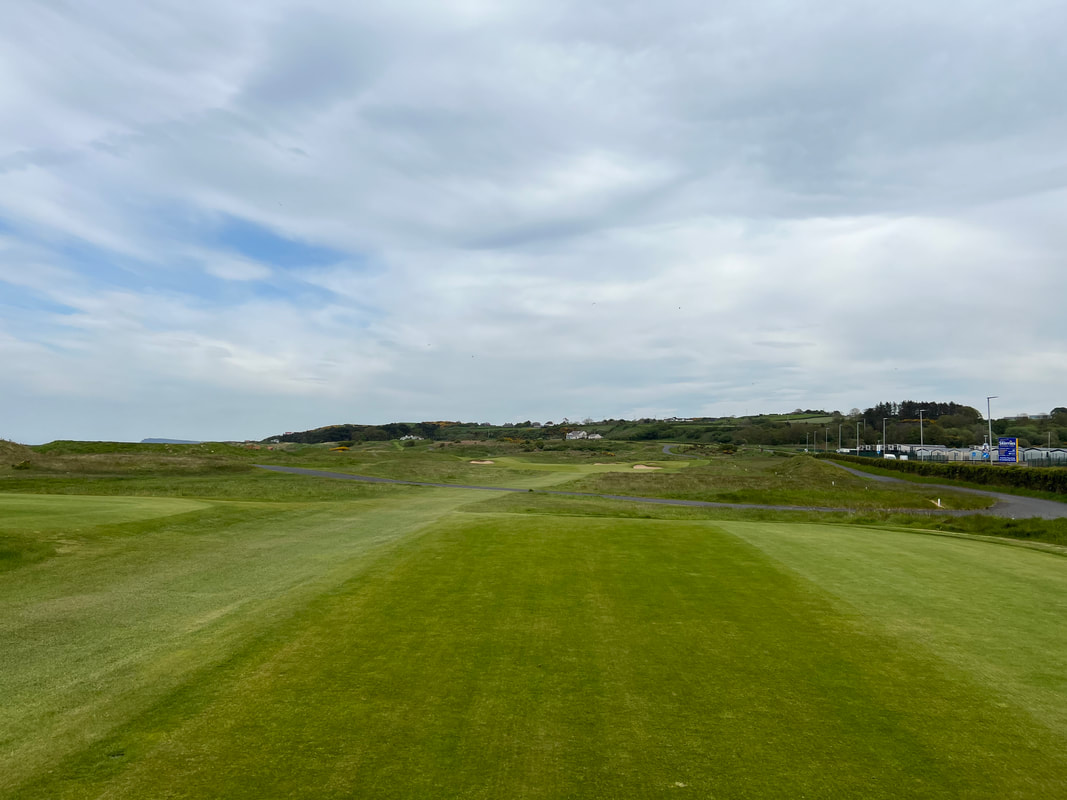
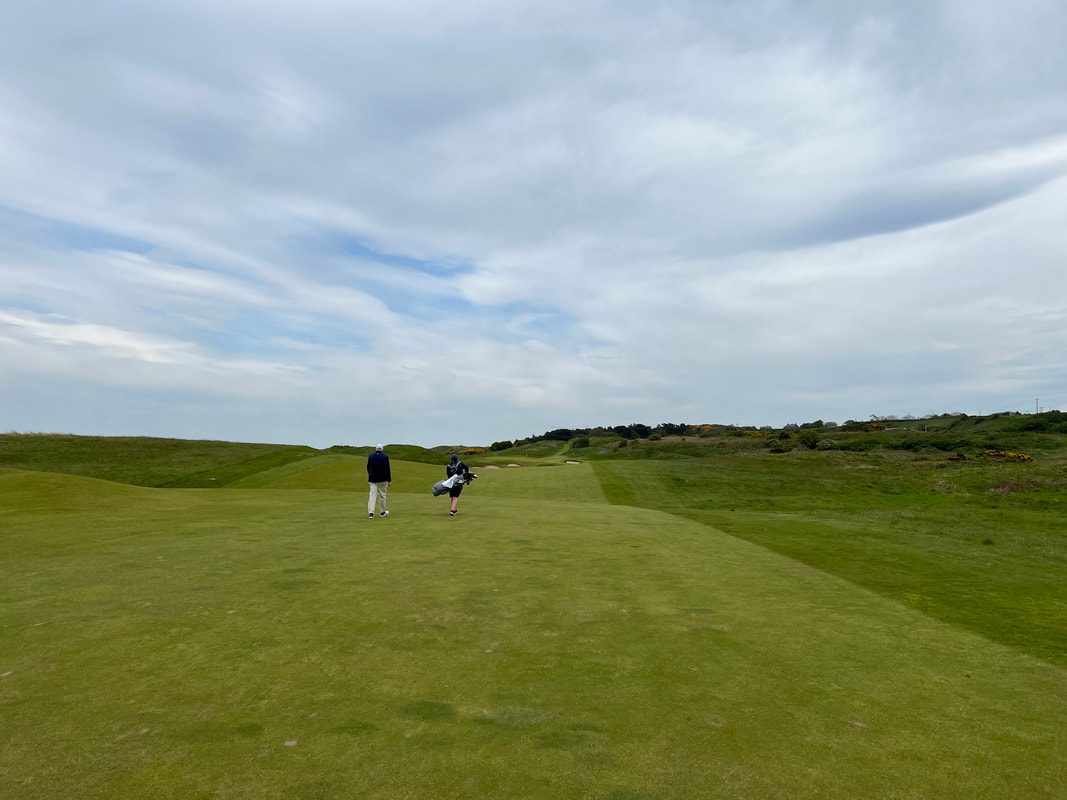
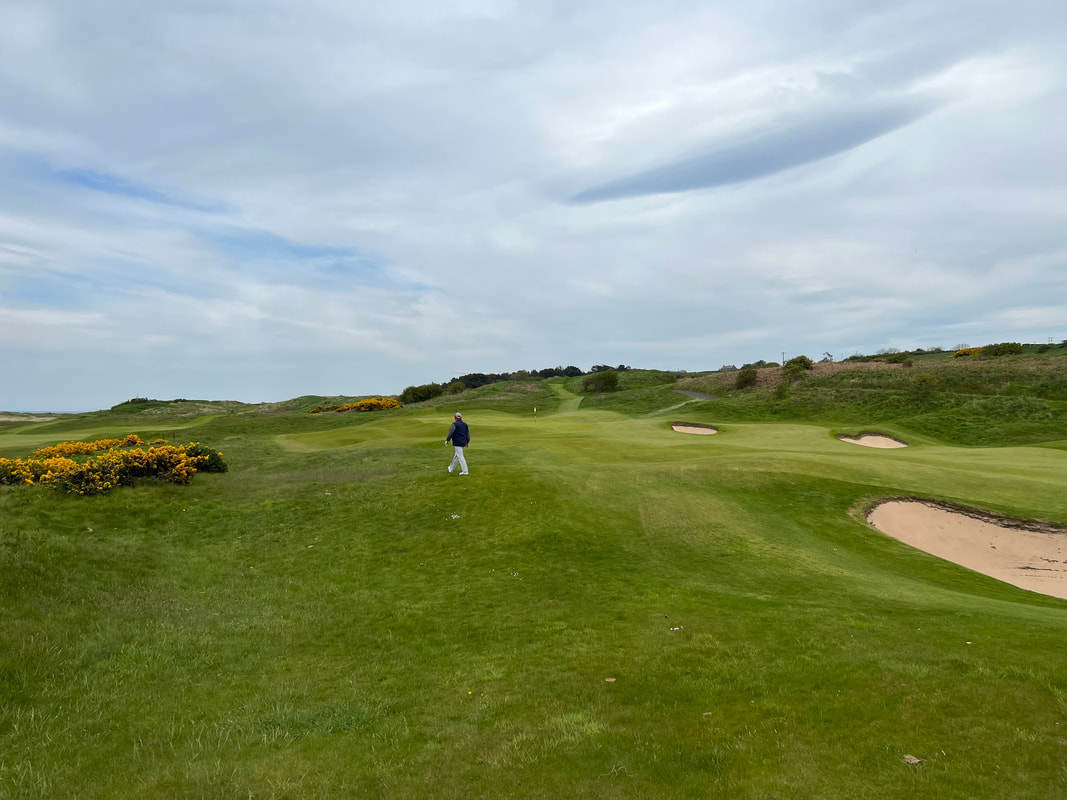
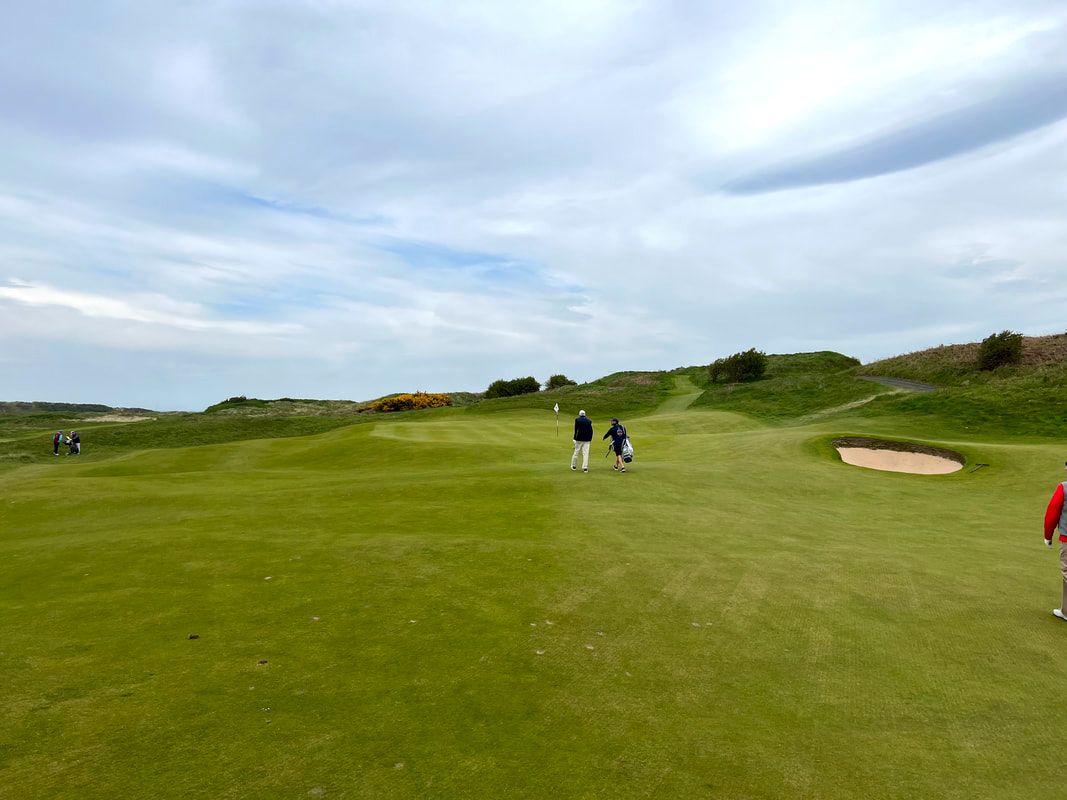
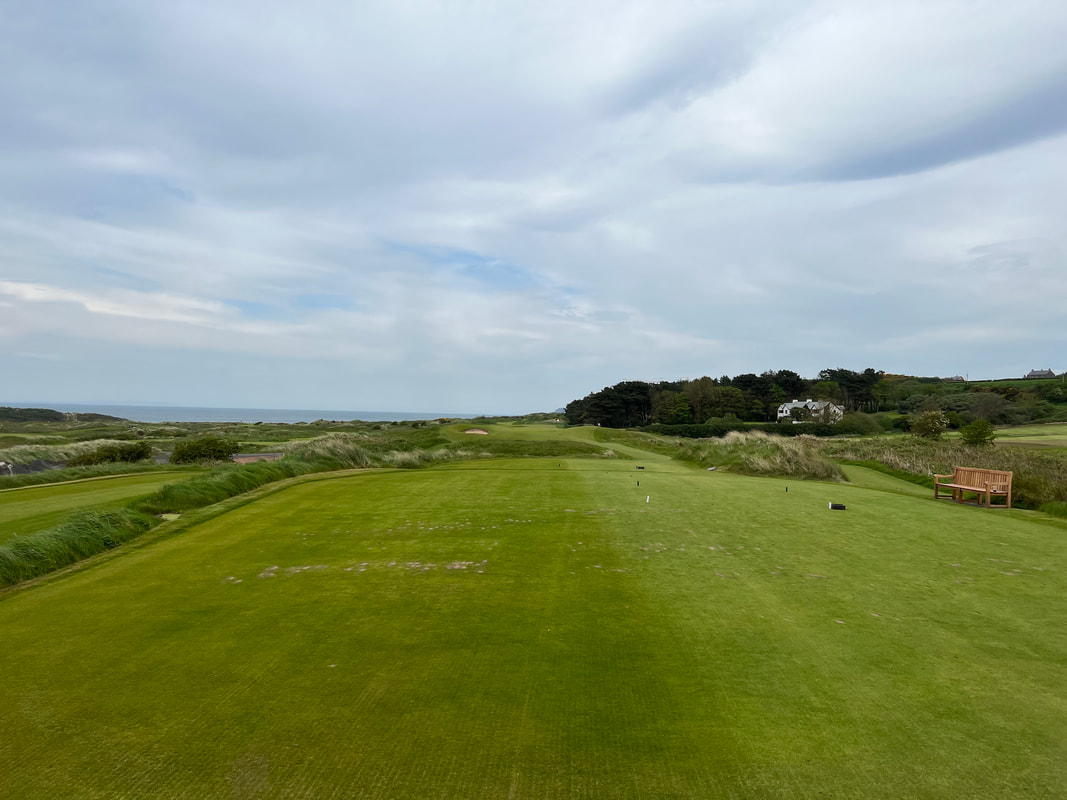

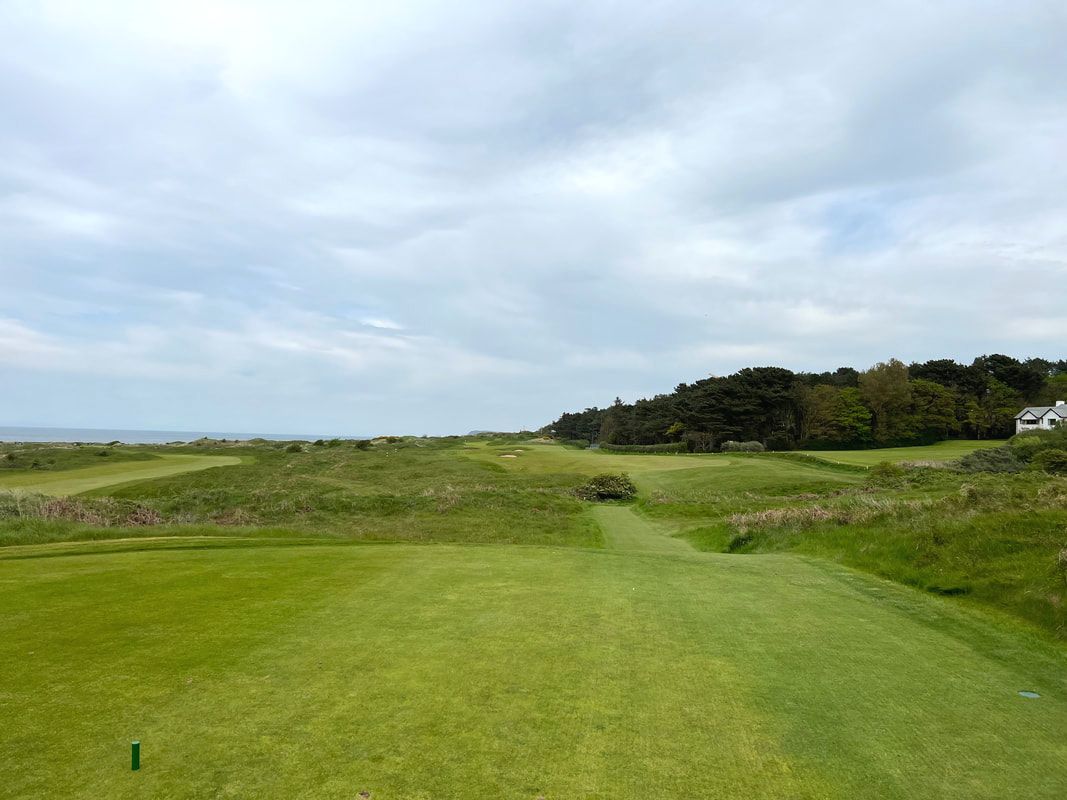
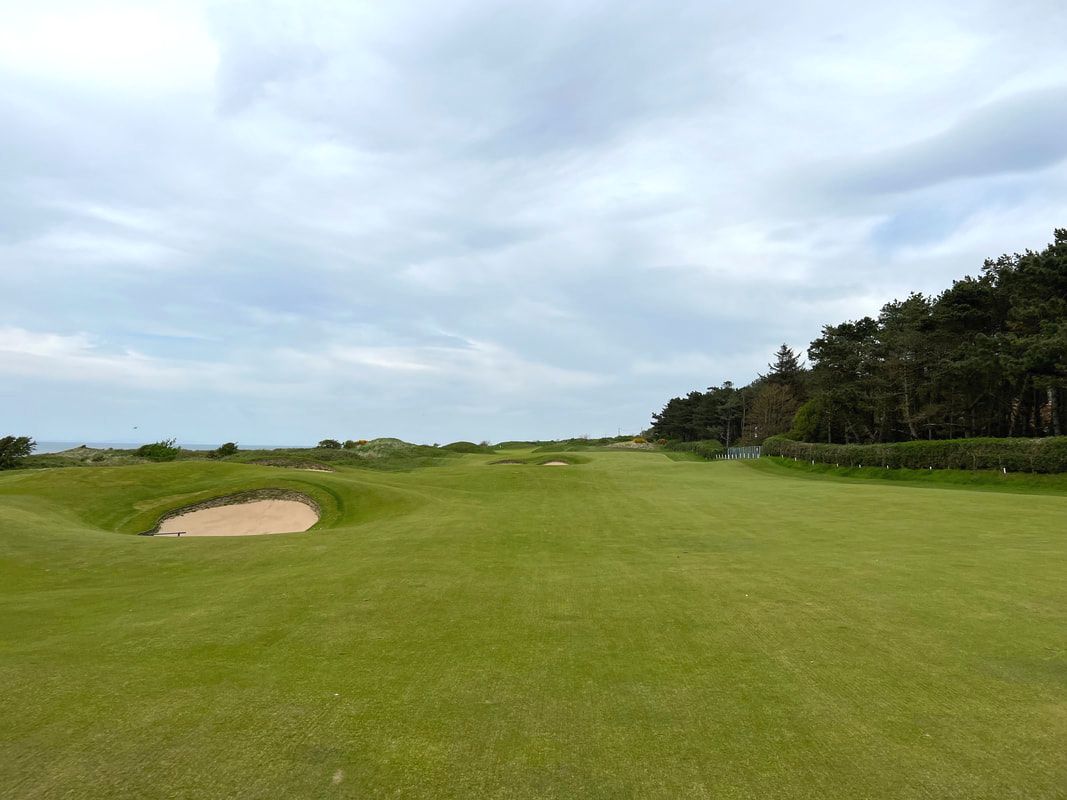
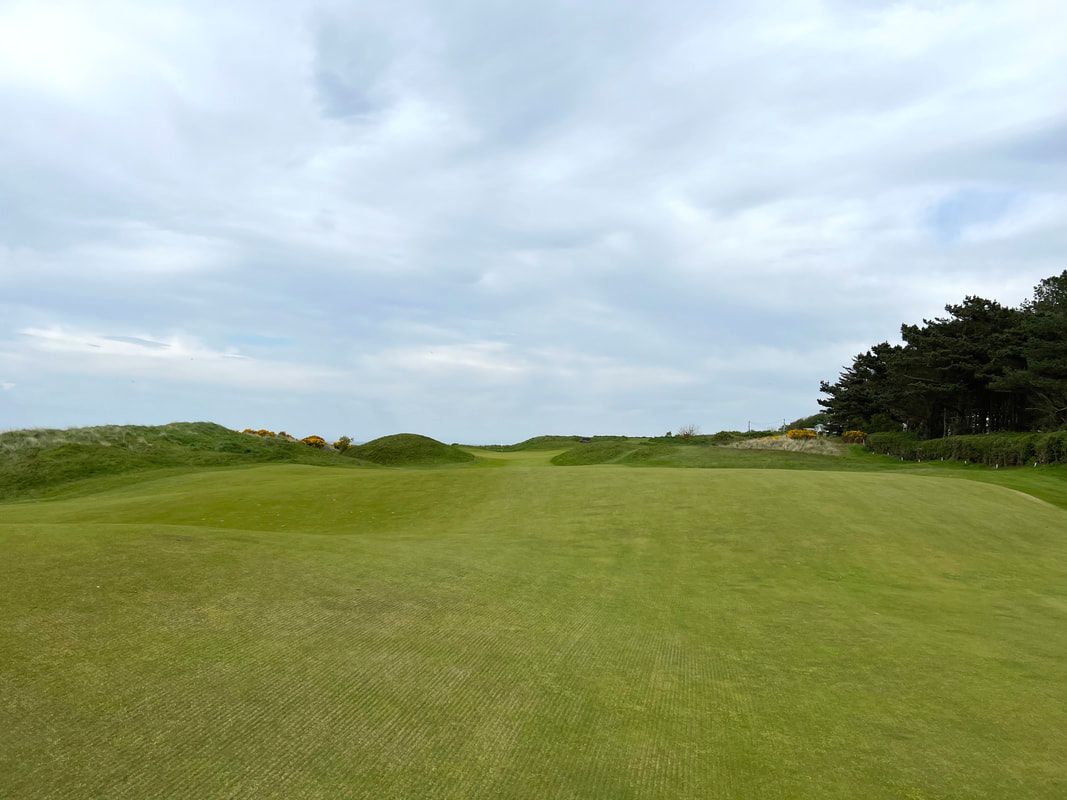
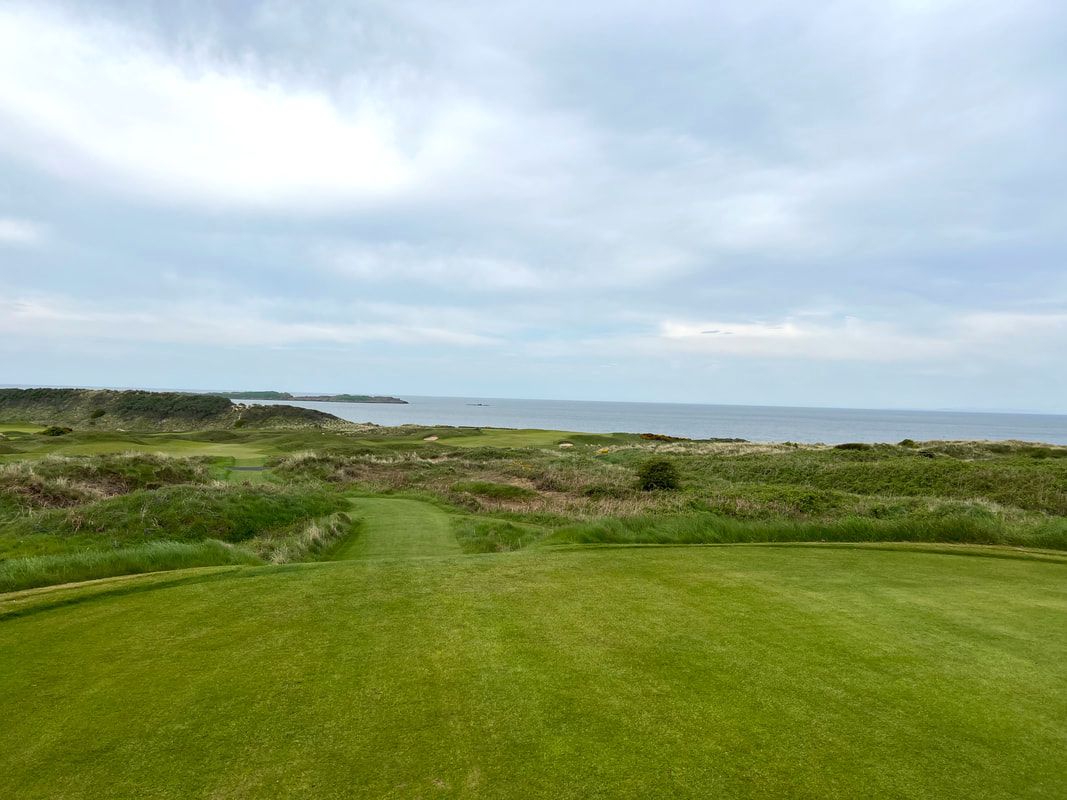
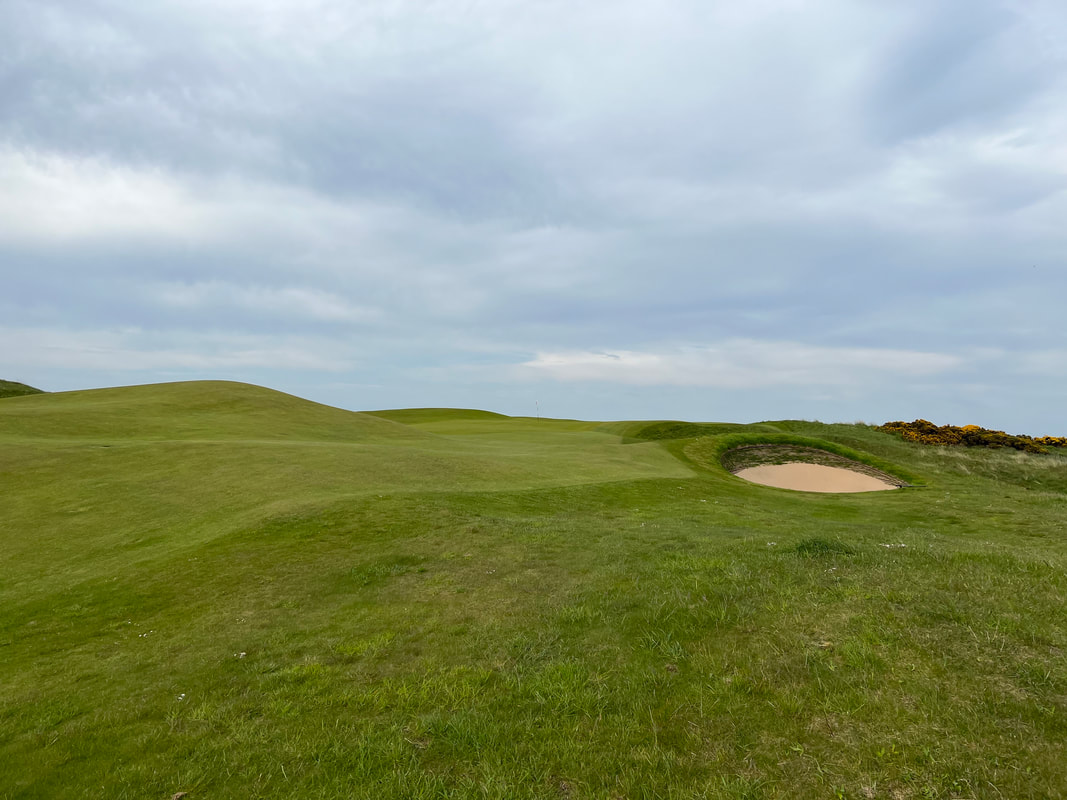
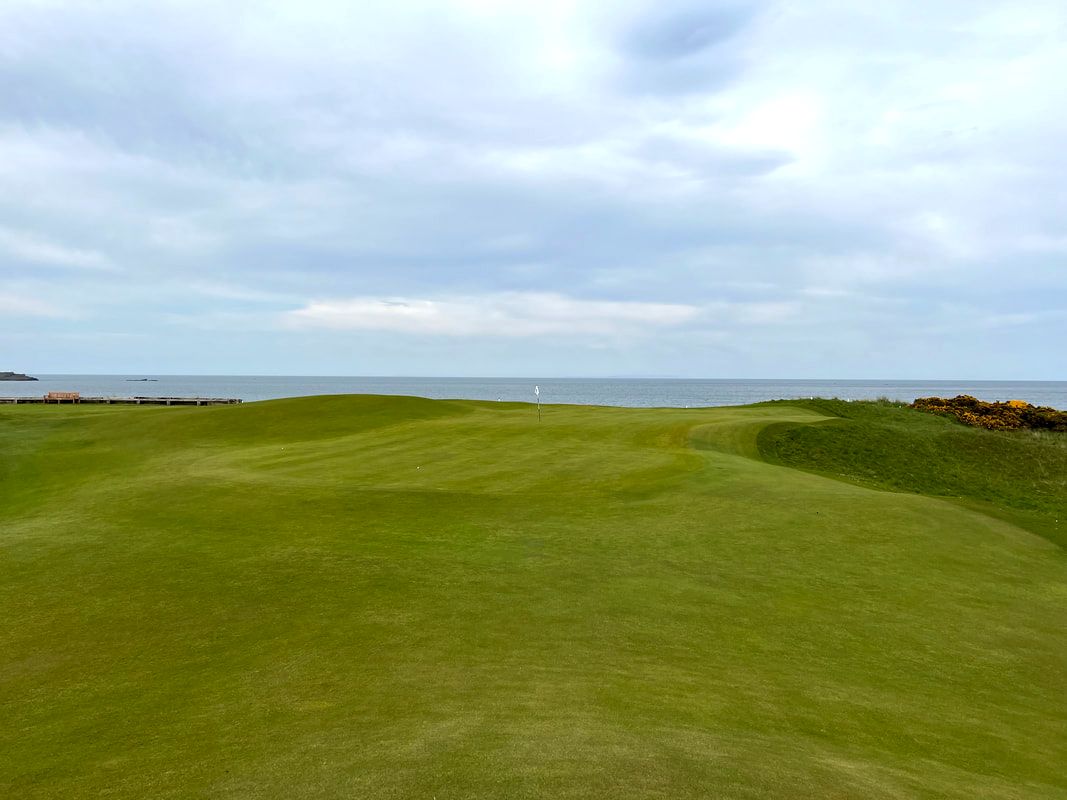

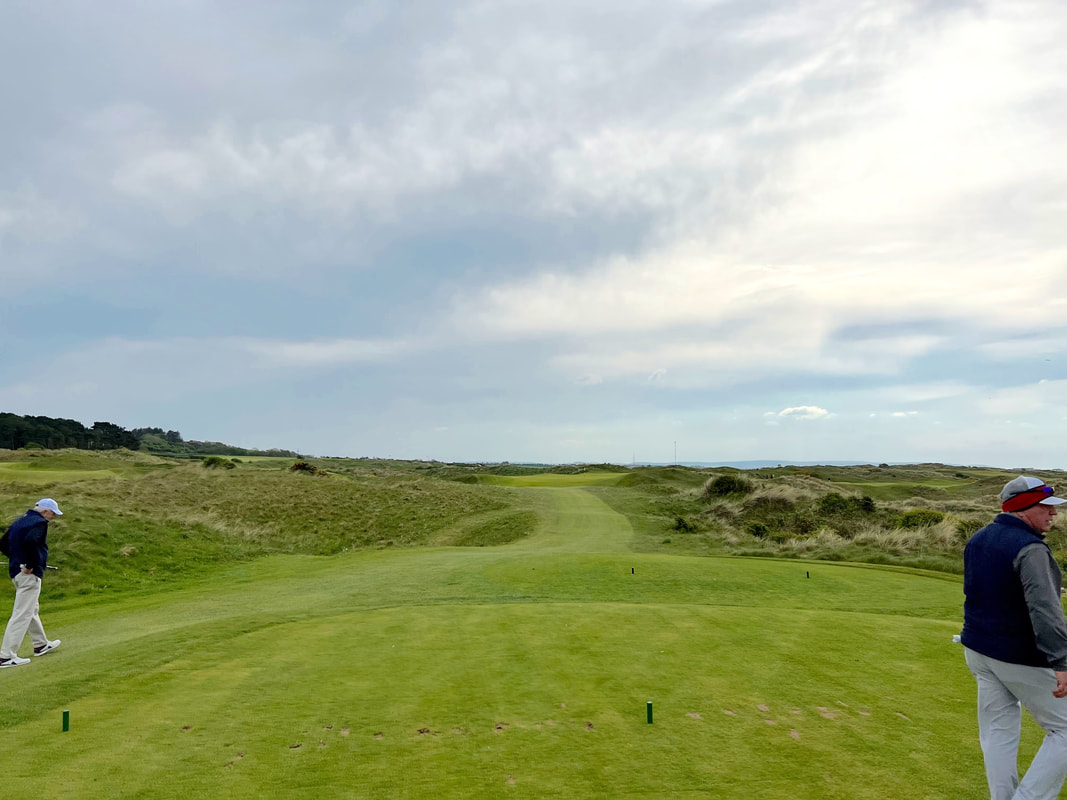



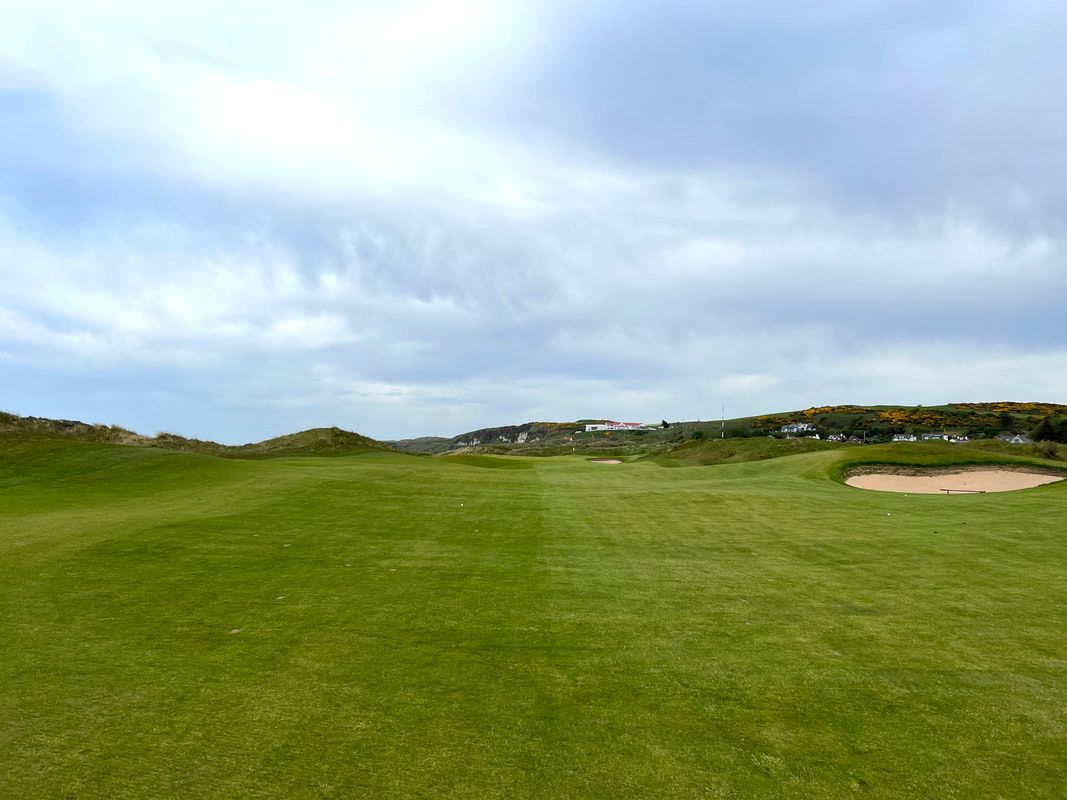
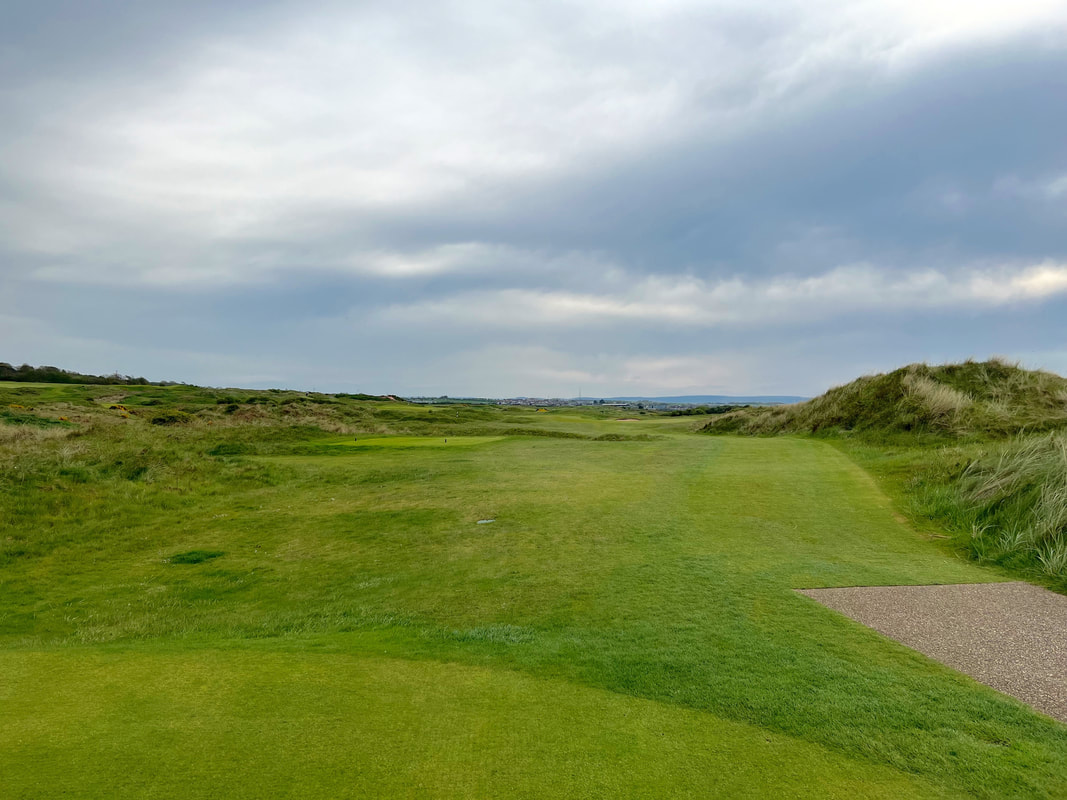

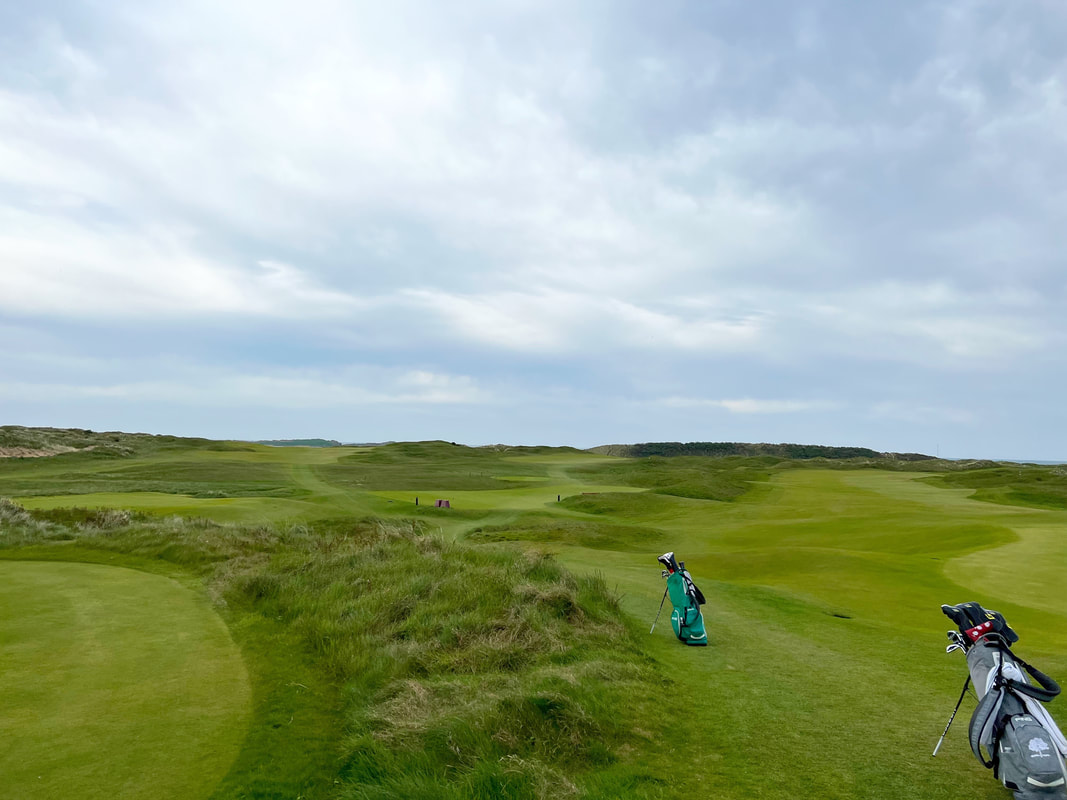


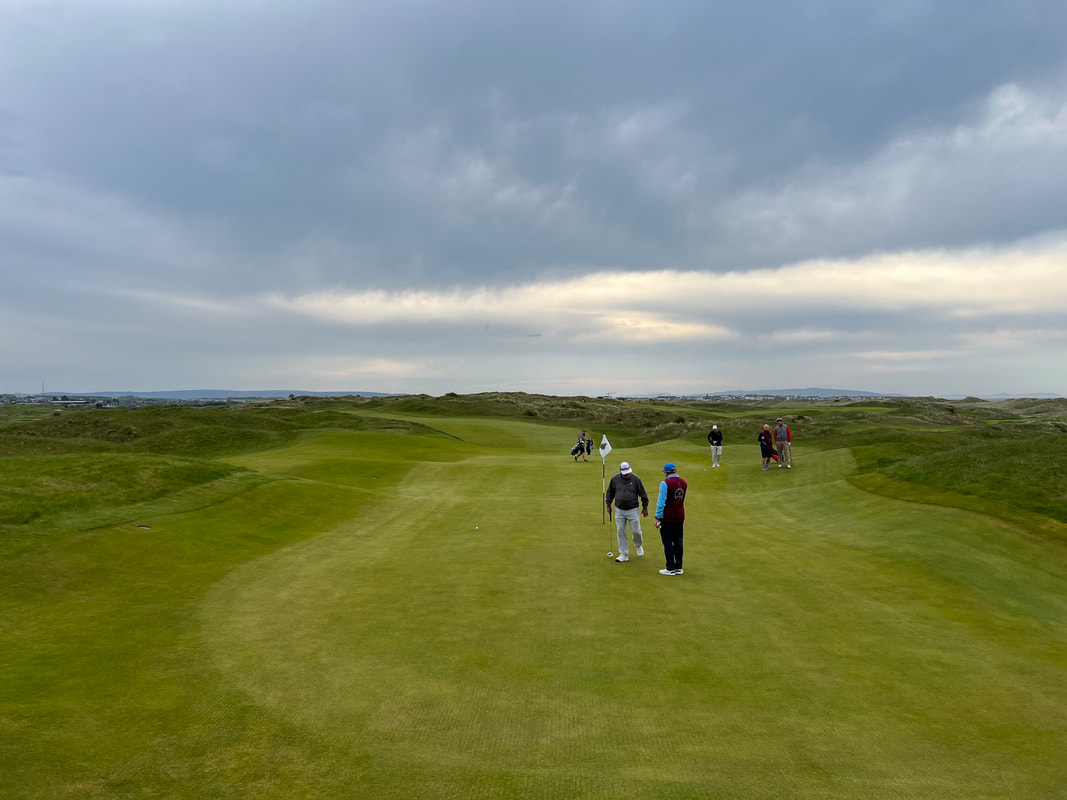



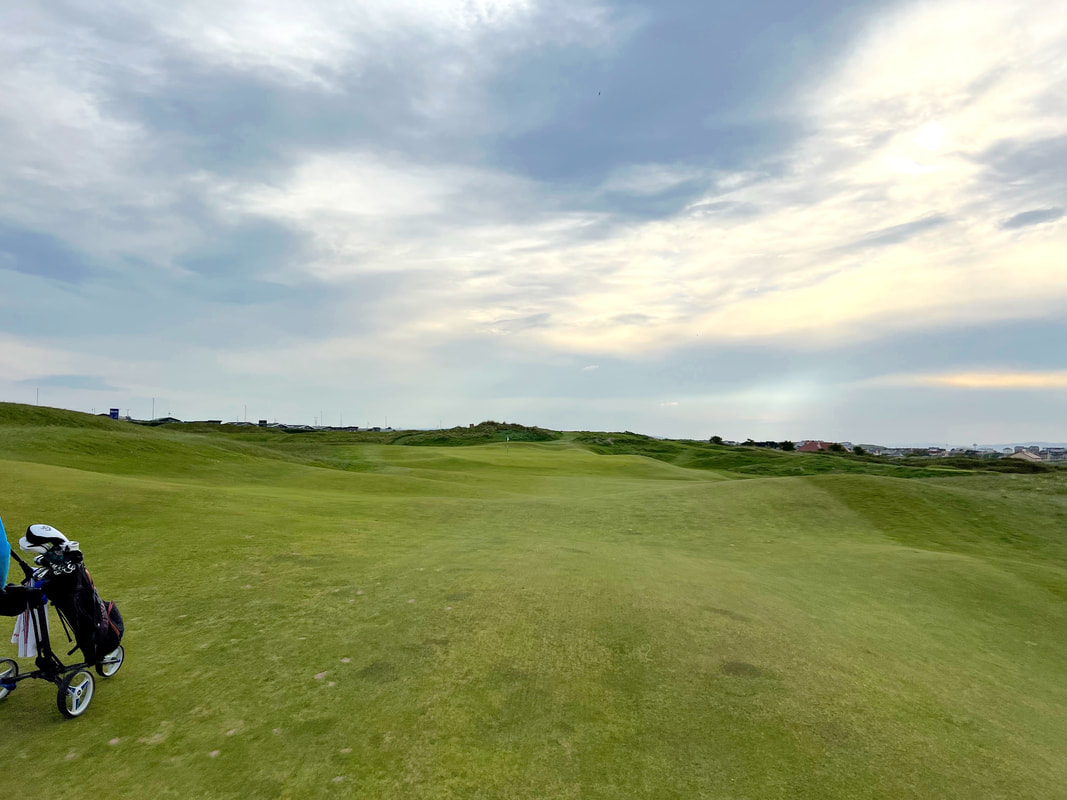
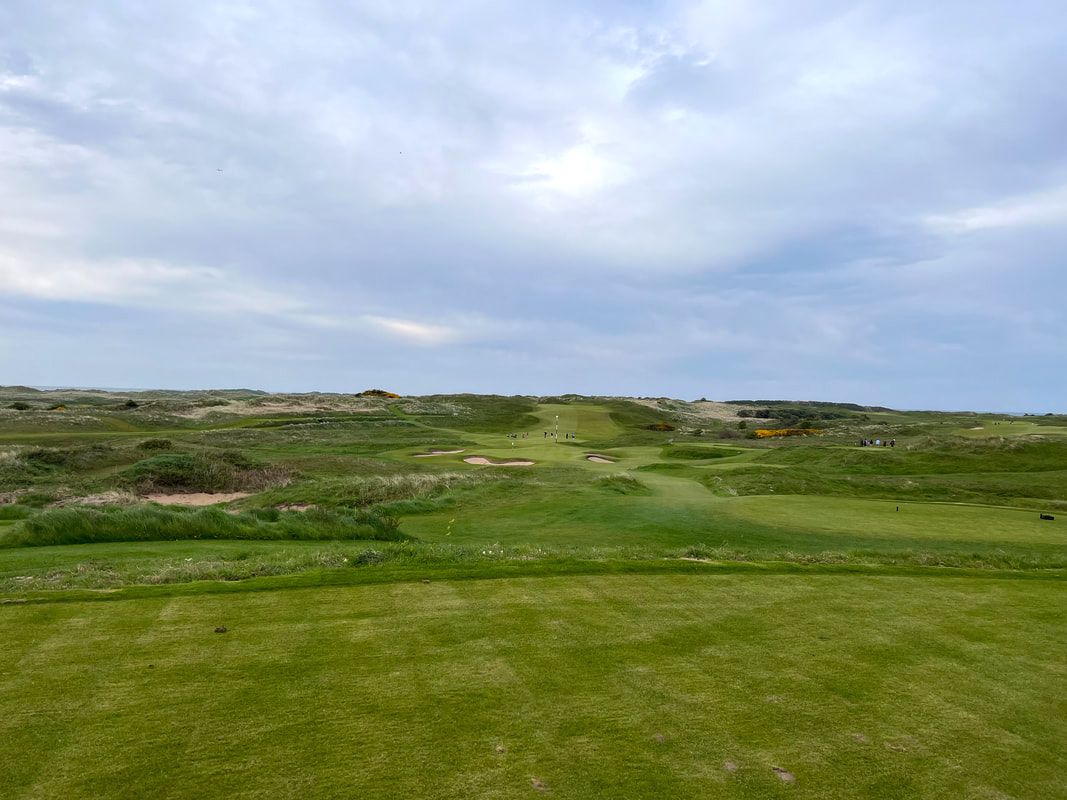
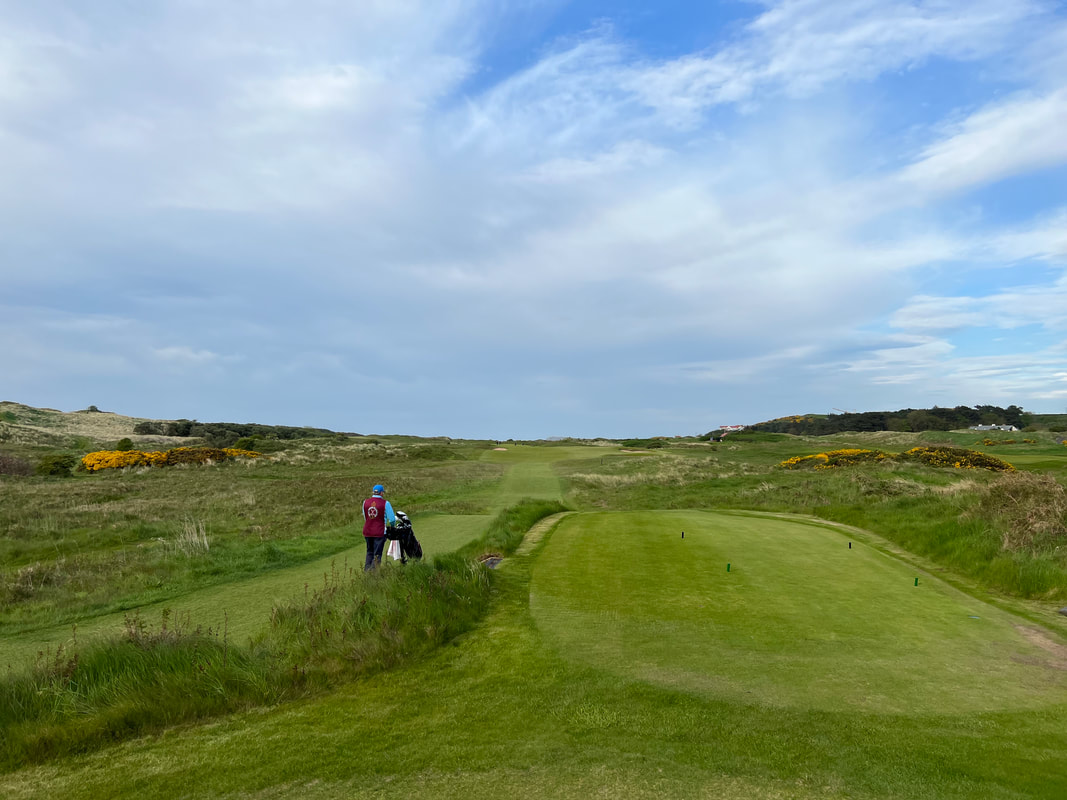
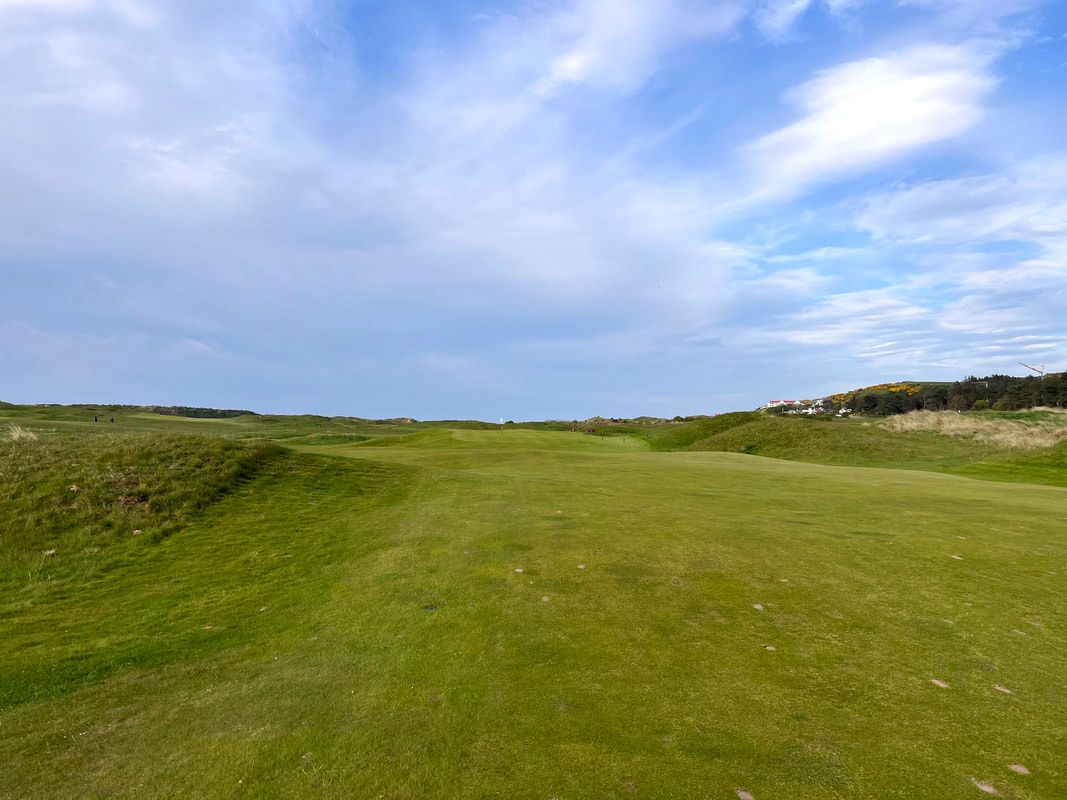

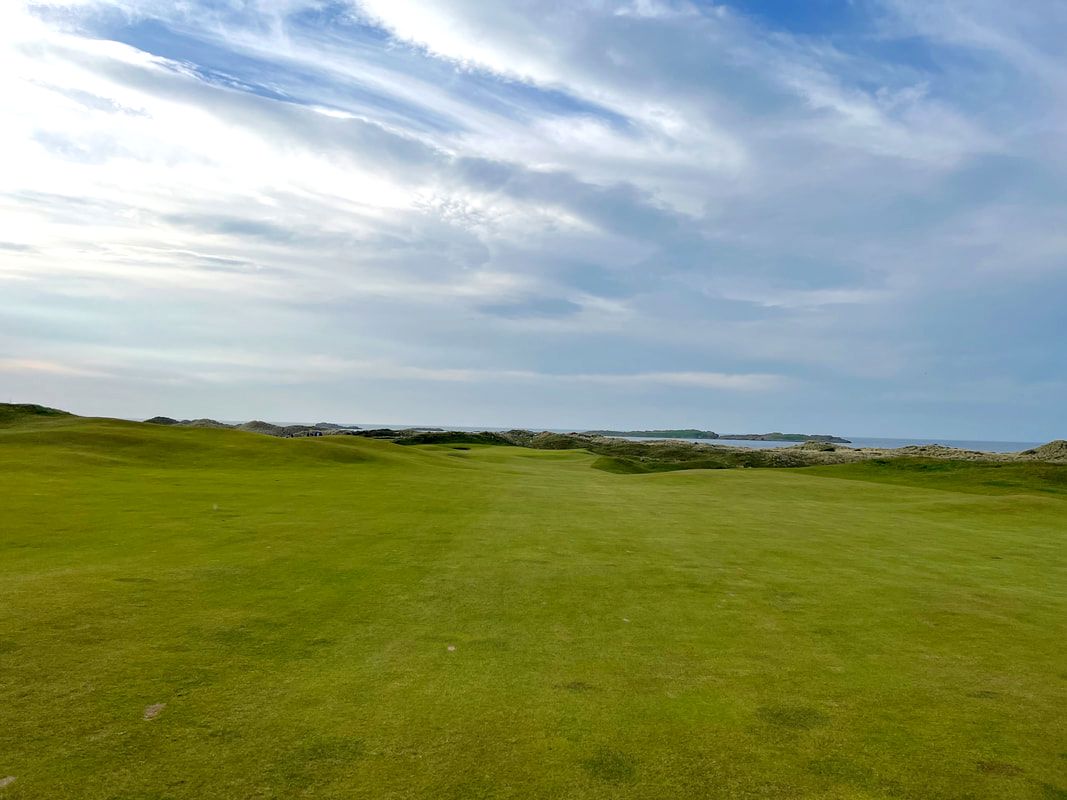
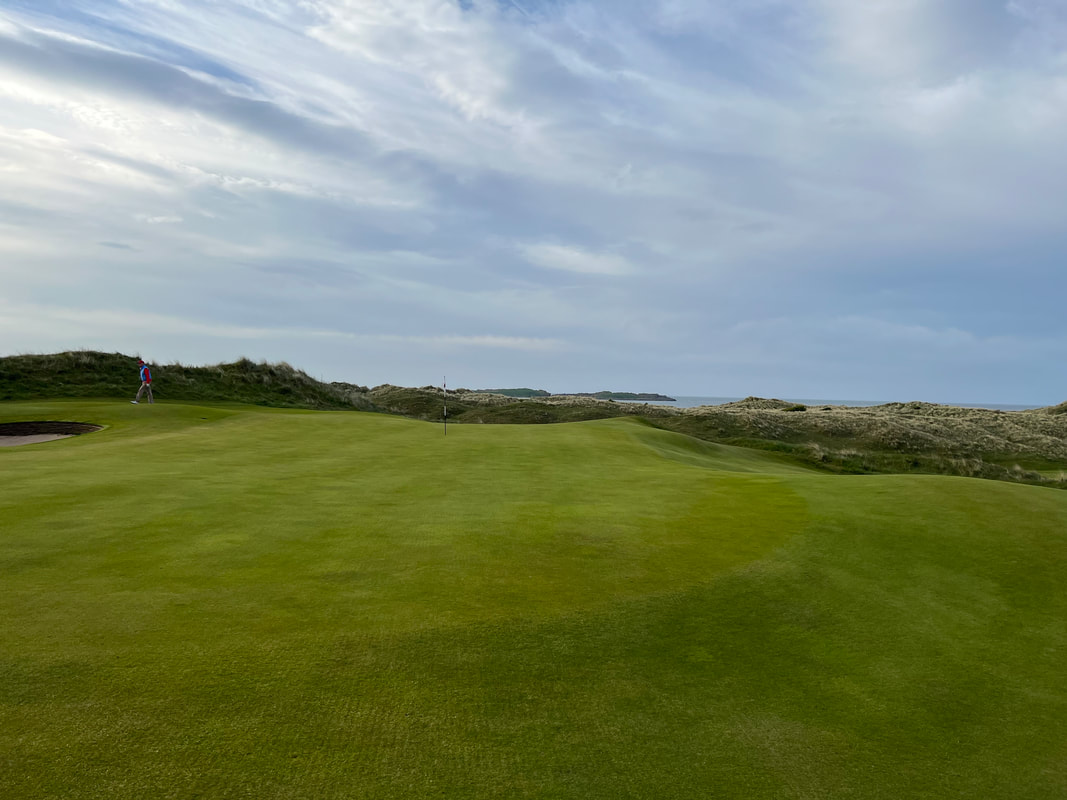

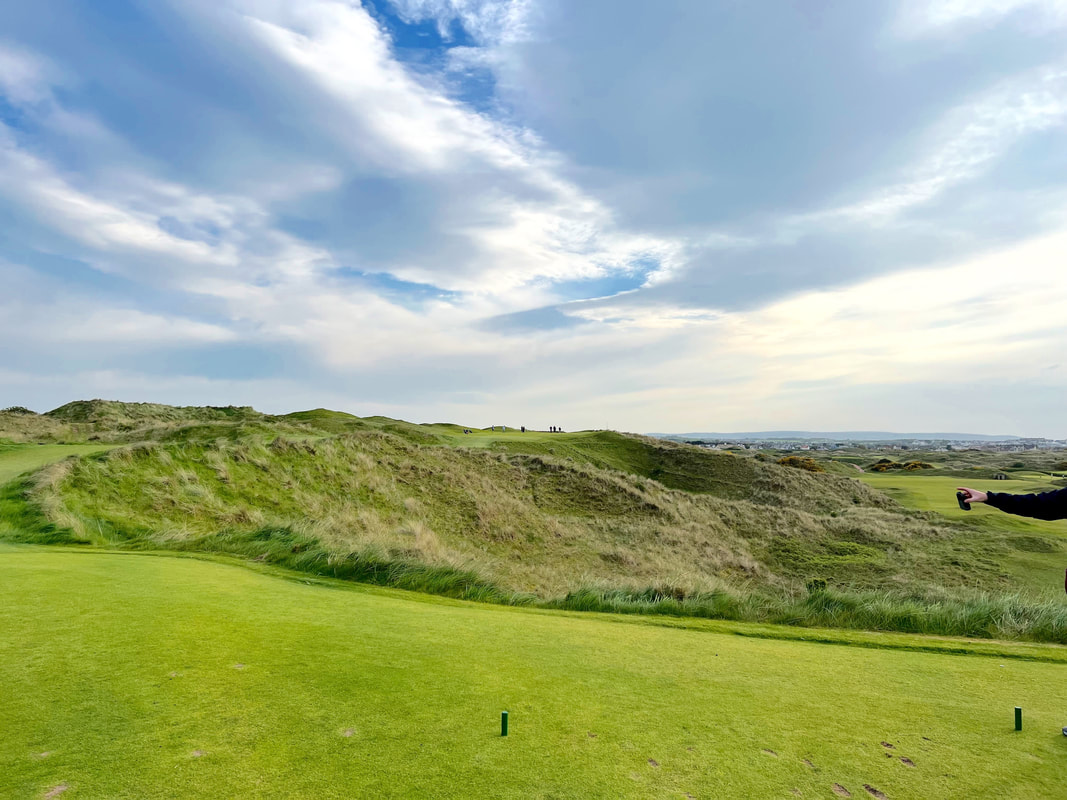

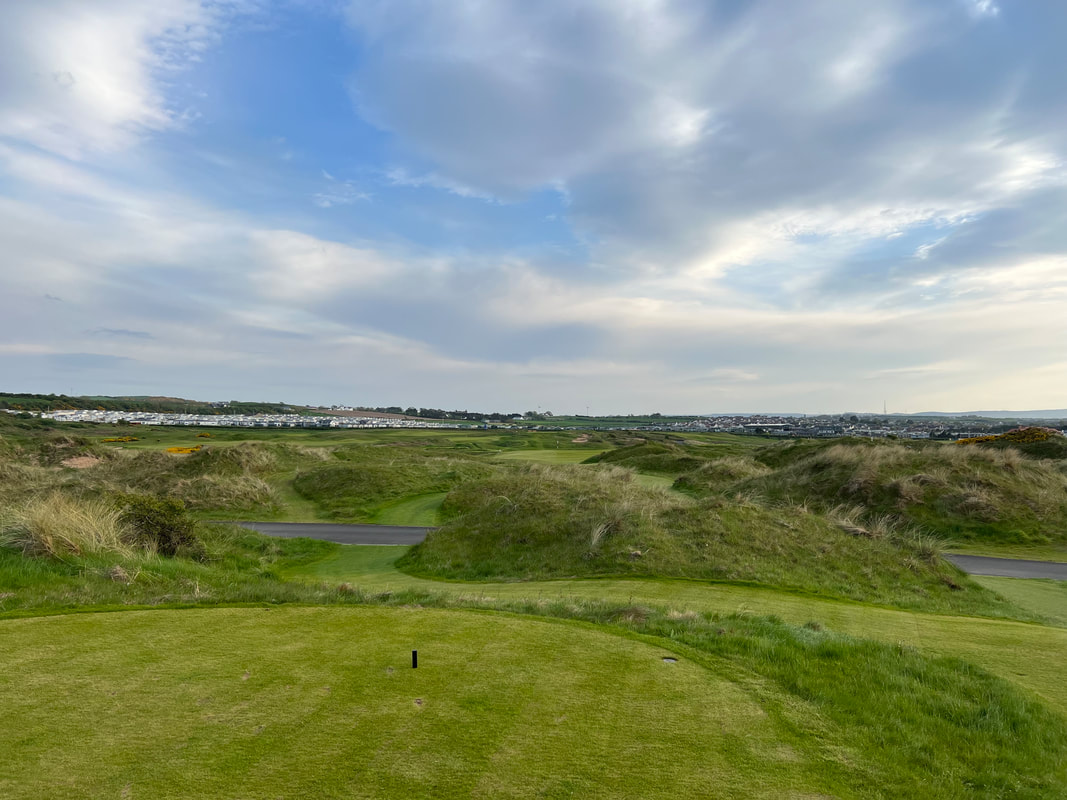




 RSS Feed
RSS Feed